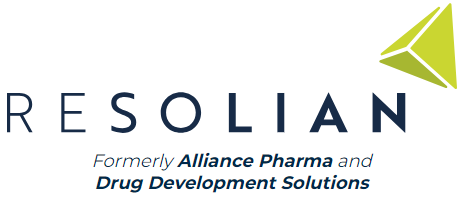Chunying Gao, Ph.D.
Drug transporters play a key role in the absorption, distribution, metabolism, elimination and toxicity (ADME-Tox) of many drugs by controlling the entry or exit of drug molecules into and out of tissues or organs. Due to the importance of drug transporters in these processes and the potential drug-drug interactions among drug molecules on these transporters, in vitro transport studies on a standard panel of drug transporters are recommended by the FDA, EMA, and PDMA regulatory agencies to evaluate the potential interactions as substrates and/or inhibitors among the investigational drugs. The current panel includes P-gp, BCRP, OATP1B1, OATP1B3, OAT1, OAT3, OCT2, MATE1 and MATE2-K; although regulatory agencies are routinely requesting data on additional transporters outside of the current group.
According to the FDA guidance,[1] several in vitro models are recommended for each transporter:
|
ABC Transporters |
|
|
BCRP, P-gp |
Caco-2 cells, commercial or in-house membrane vesicles, knock-out/down cells, transfected cells (MDCK, LLC-PK1, etc.) |
|
SLC Transporters |
|
|
OATPs |
Hepatocytes, transfected cells (CHO, HEK293, MDCK, etc.) |
|
OATs, OCTs |
Transfected cells (CHO, HEK293, MDCK, etc.) |
|
MATEs |
Commercial or in-house membrane vesicles, transfected cells (CHO, HEK293, MDCK) |
Alliance Pharma has established a set of cell- or membrane vesicle-based assays to support filing packages for the studies recommended by regulatory agencies. For ABC transporters, a membrane vesicle assay (for P-gp and BCRP) and MDR1/MDCK bidirectional permeability assay (for P-gp) has been established. For SLC transporters, an assay platform based on transiently transfected HEK293 cells has been optimized and validated, and can be used for both screening of substrate/inhibitor and Km/IC50 determination.
[1] https://www.fda.gov/downloads/Drugs/Guidances/UCM581965.pdf







